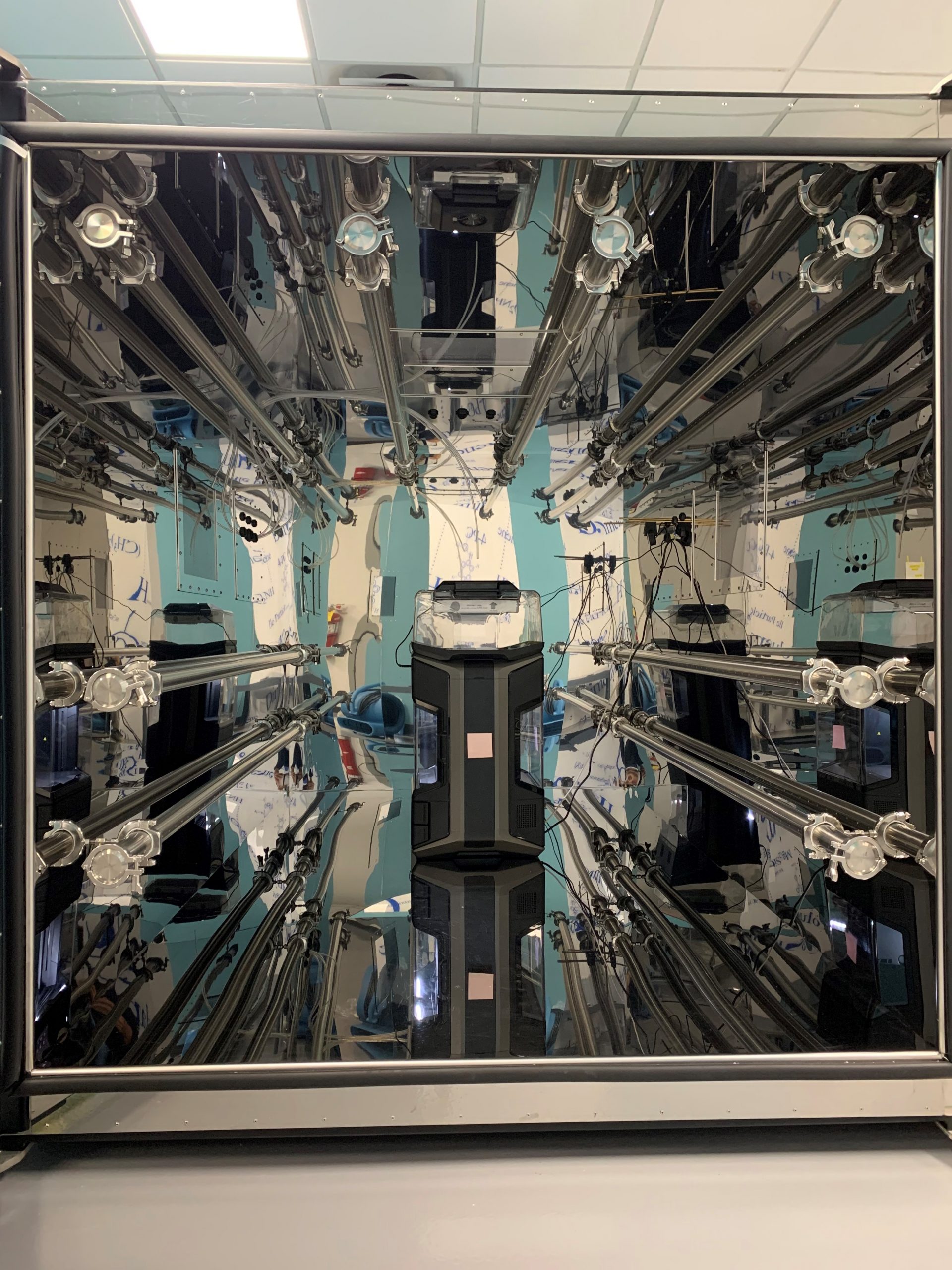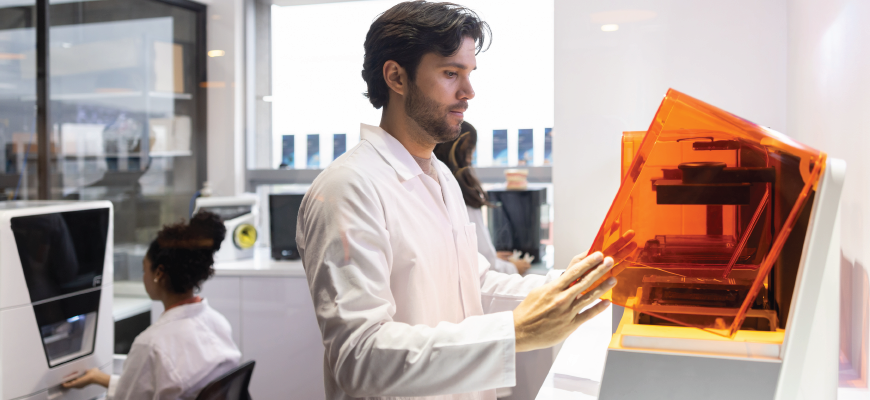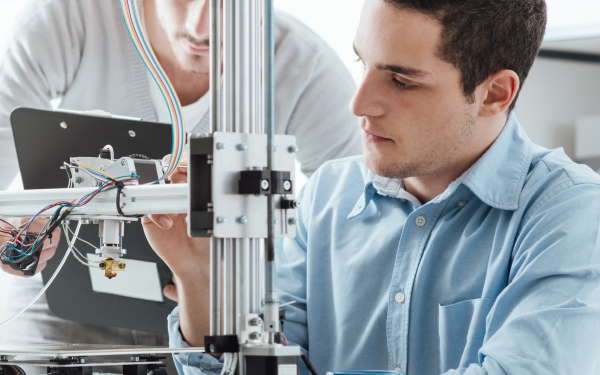The use of additive manufacturing, also called 3D printing, has revolutionized the marketplace by streamlining product design and development and expediting product time to market. 3D printing is now widely used in a variety of industries including electronics, architecture, medicine and medical sciences, dentistry, aerospace and defense, automotive and manufacturing industries, consumer products, arts, and entertainment. 3D printers have also become a valuable tool in non-industrial environments such as office, residential and educational settings because they can be compact, affordable and user friendly, which inspires creativity and problem-solving for the general public.
Despite 3D printers’ innovative applications, the use of additive manufacturing technologies poses a human health concern from the potential release of volatile organic compounds (VOCs) and ultrafine particles into the air during operation. The release of pollutants may affect indoor air quality (IAQ) and lead to adverse acute and chronic health impacts when people are exposed.
Chemical Insights Research Institute, Georgia Institute of Technology, and Emory University completed a multi-year study on 3D printing emissions. The study found that high levels of ultrafine particles and more than 200 different VOCs are released during 3D printer operation. Ultrafine particles can penetrate deeply into human lungs and even bloodstreams and brains, thus associated with respiratory and cardiovascular diseases. Some of the detected VOCs are known or suspected irritants and carcinogens.
Since the initial study, research continues to further assess toxicity and health impacts of emissions, evaluate options for reducing emission exposures through filtration and integrated enclosures, analyze emissions of new 3D print technologies and materials, and conduct field studies in real-world environments.
To promote healthy IAQ while using 3D printers, Chemical Insights Research Institute provides a variety of tools and resources, including ANSI/CAN/UL 2904, “Standard Method for Testing and Assessing Particle and Chemical Emissions from 3D Printers, UL 200B: Guidance Document for Safe Use of 3D Printing for Institutions of Higher Education, explainer videos, and eLearning modules that can be taken for continuing education unit credits. Chemical Insights Research Institute provides targeted tools and resources to support the safe use of 3D printers in schools.





